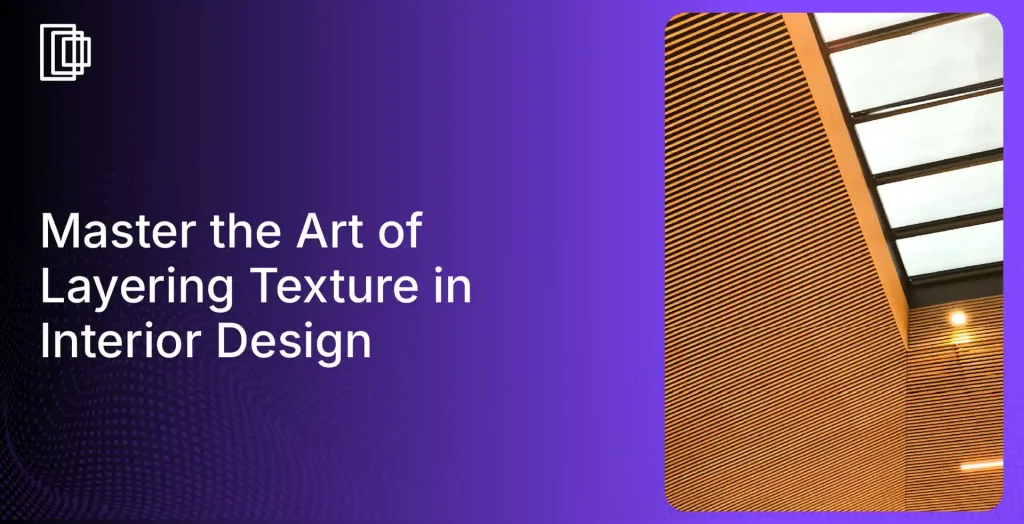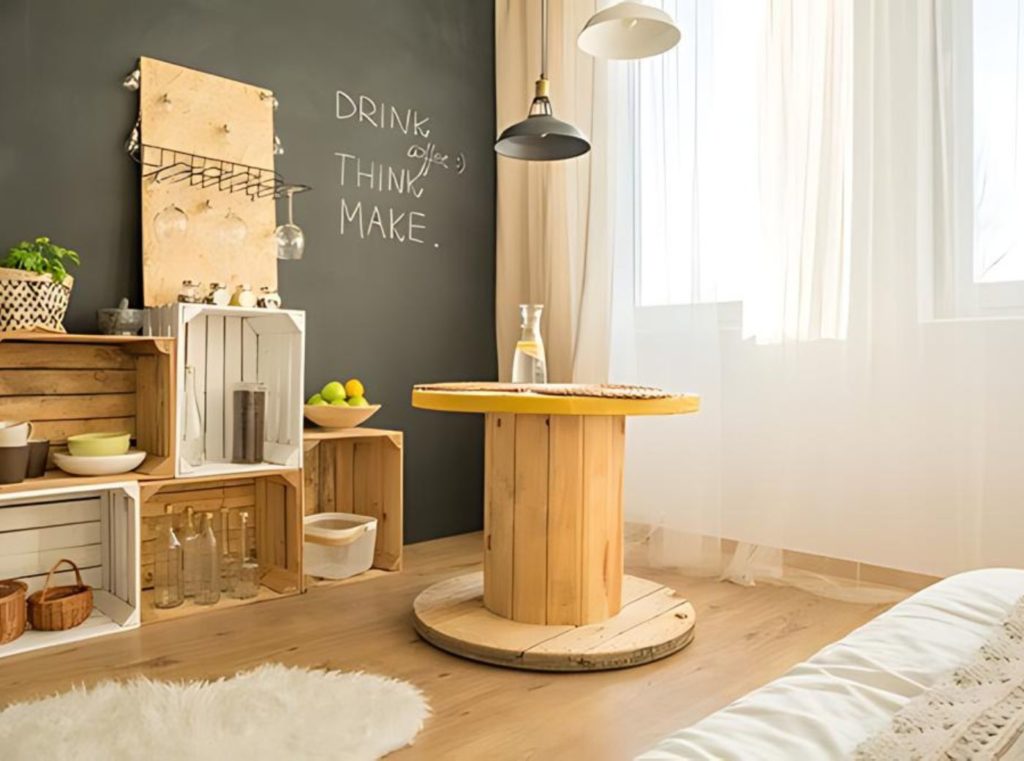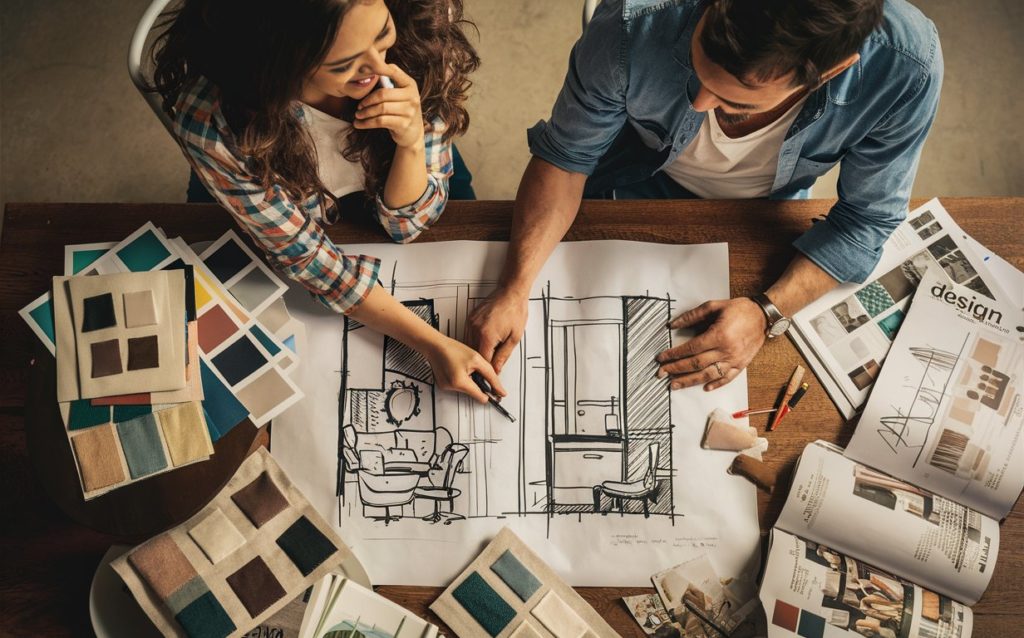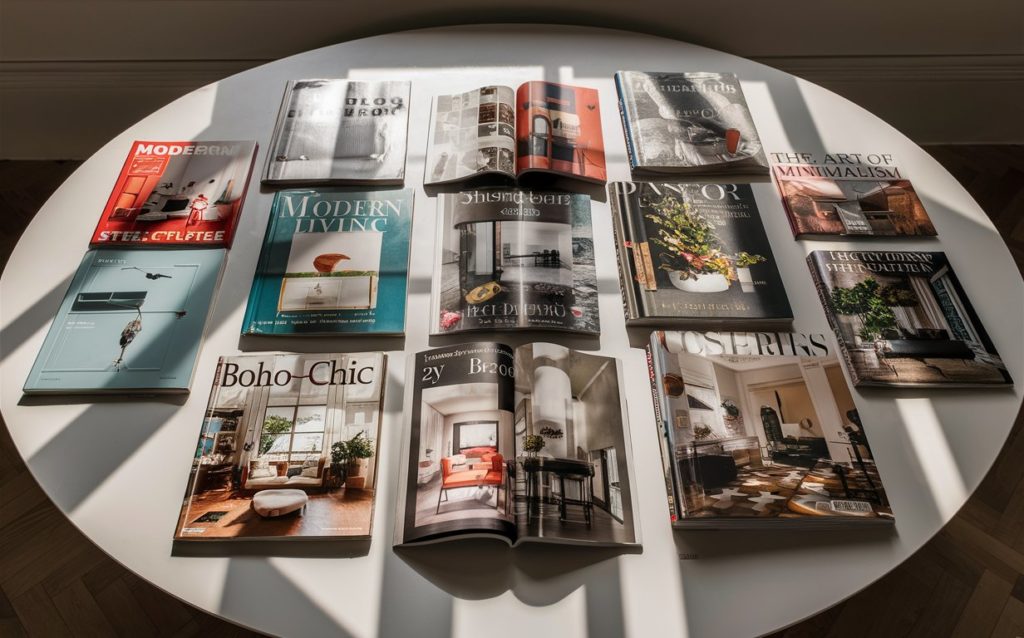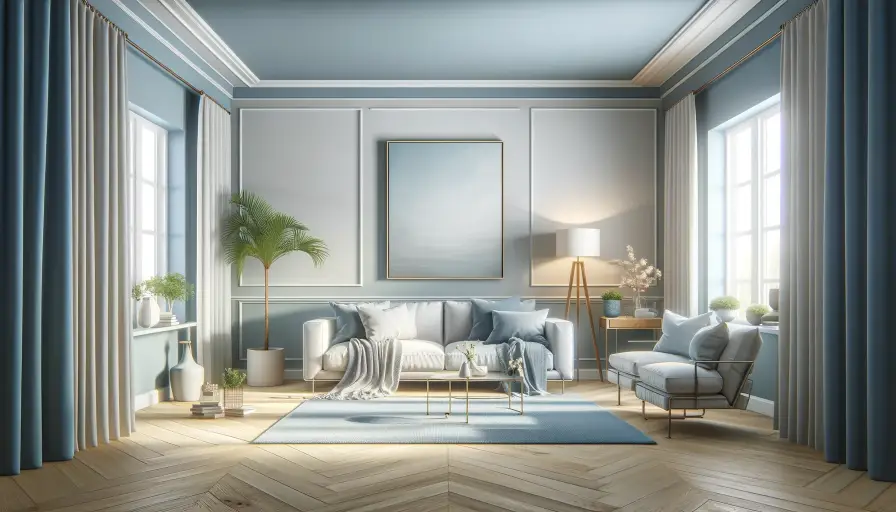So, what exactly is texture in interior design? It is the secret sauce that transforms a flat, boring room into a sensory experience. In technical terms, it refers to the surface quality of a material—how it feels to the touch or how it looks like it feels. It comes from the Latin textura, meaning weaving, but today it means so much more for your home.
Think of it as the memory of touch. Even if you aren’t running your hand over a rough stone wall, your eyes tell your brain it’s rough. Integrating texture in interior design means blending smooth surfaces like glass with wooly throws to create visual weight and depth. It prevents a room from looking one-dimensional.
Read also – how to choose materials for interior design
What is Texture in Interior Design?
So, what exactly is texture in interior design? It is the secret sauce that transforms a flat, boring room into a sensory experience. In technical terms, it refers to the surface quality of a material—how it feels to the touch or how it looks like it feels. It comes from the Latin textura, meaning weaving, but today it means so much more for your home.
Think of it as the memory of touch. Even if you aren’t running your hand over a rough stone wall, your eyes tell your brain it’s rough. Integrating texture in interior design means blending smooth surfaces like glass with wooly throws to create visual weight and depth. It prevents a room from looking one-dimensional.
Why is Visual Texture Important in Interior Design?
After understanding texture in interior design, let’s explore why it’s so important.
Have you ever looked at a room and felt something was missing, despite having a perfect design scheme? If yes, the answer is likely texture.
When your room lacks texture, it feels flat. Here is why it is a key element:
1. Texture Provides Balance
Contrast is essential for creating balanced, eye-pleasing designs. When you add texture in interior design, important elements pop and strike the perfect balance between different components, avoiding visual monotony.
Texture helps you establish focal points. This is essential if you are working with a deliberately limited colour palette. For instance, contrasting different materials adds harmony to the space.
2. Texture Creates Visual Weight and Interest
Visual weight draws attention naturally. Adding texture creates value and makes spaces more appealing. Remember color theory? Similarly, texture makes spaces feel intimate or spacious. The type of texture you choose determines the weight it carries.
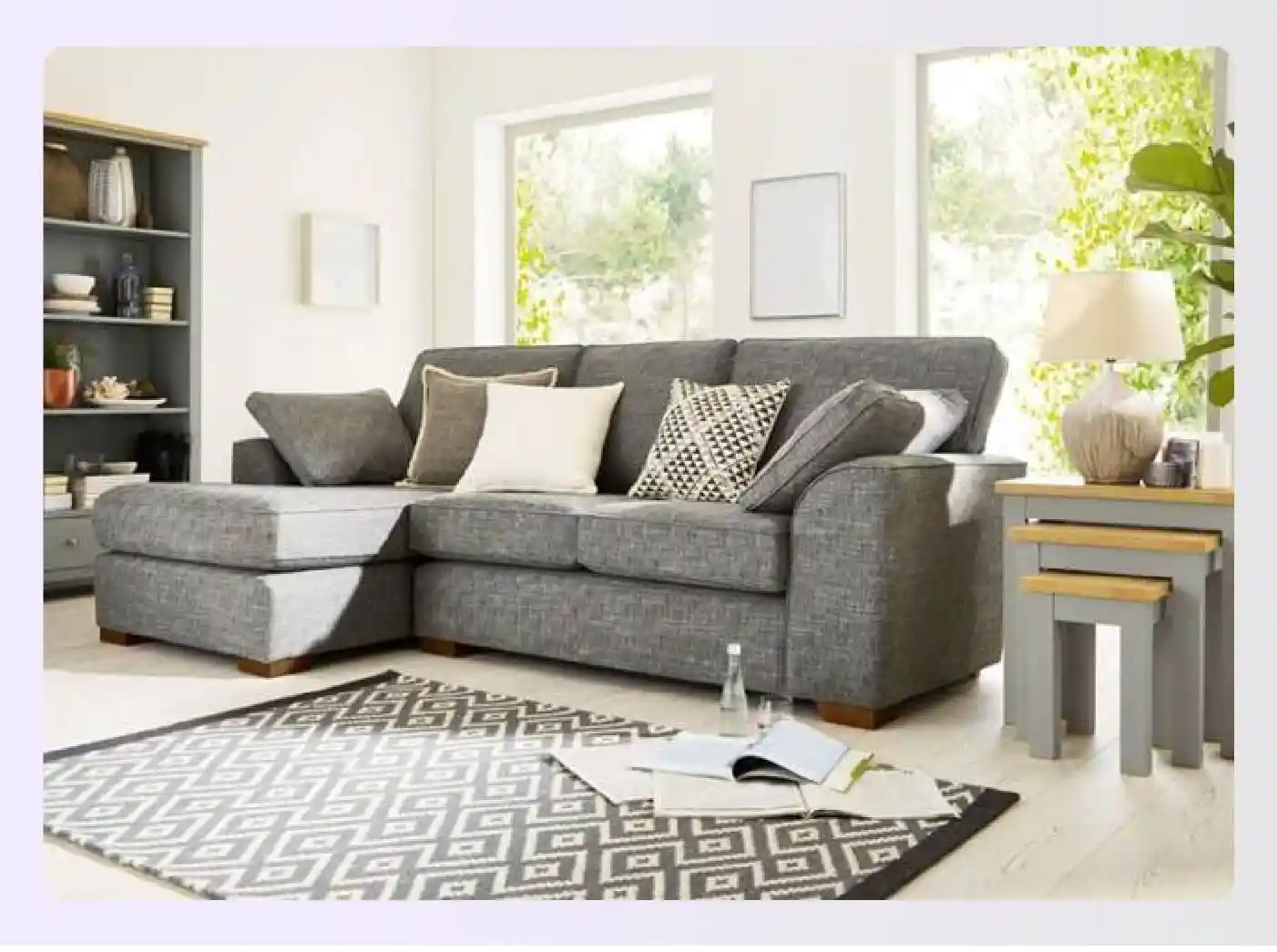
Read also – Importance of Accessories in Interior Design
Different Types of Textures in Interior Design
Texture describes how objects feel when touched, but you can also perceive it visually. When discussing terms of materials, there are two different types of texture in interior design you need to know for that ideal look:
- Tactile Texture
- Visual Texture
Visual texture influences the room’s mood and ambiance, while tactile texture creates physical impressions. Let’s understand both terms in detail:
1. Tactile Texture
Tactile texture is created through the physical surface of materials—smooth, hard, or rough to touch. It represents 3D characteristics you can physically feel. A fuzzy chair cover or natural wood exemplifies this.
2. Visual Texture
Visual texture is an illusory or simulated form. It’s two-dimensional. This includes surfaces like This includes surfaces like fabric wall hangings that look soft but are flat or smooth surfaces like metal. It influences the visual response and mood of the room.
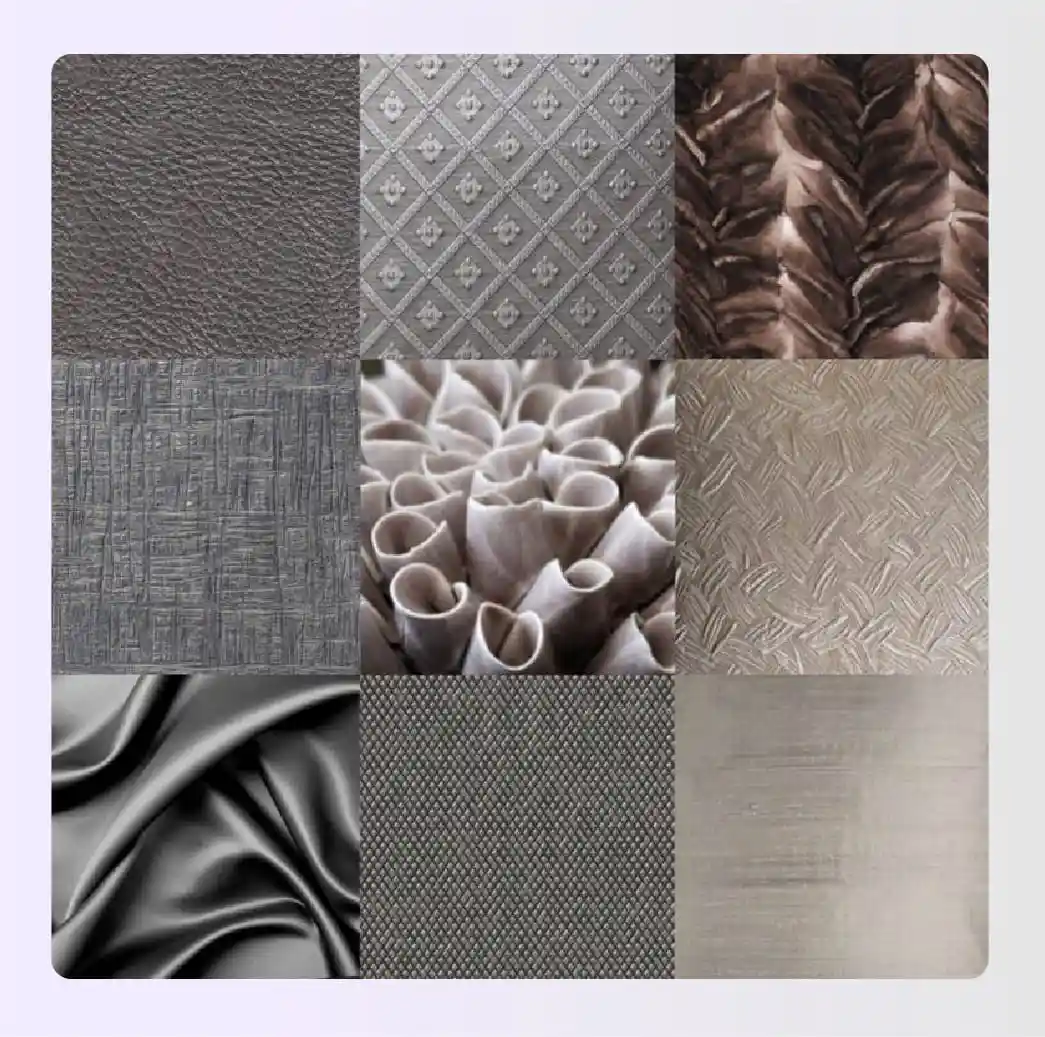
Read also – 10 Most Popular Types of Interior Design Styles
Where to Place Texture in Interior Design
Understanding how to use texture in interior design is meaningless without knowing where to place it. It’s not just for pillows; you should think about your entire home. Here are key areas to add a style statement:
- Architectural Components: Crown molding or ghost chairs (for contrast) make excellent focal points.
- Furniture: Different types of wood chairs or glossy silk upholstery bring unique vibes. Don’t forget the dining table surface, it takes up a lot of visual space!
- Decorative Items: Cool things like trinkets and fresh flowers can be utilized effectively.
- Floor and Wall Coverings: Strategically placed soft rugs or hard wood floorboards add depth.
- Textile Materials: Fabrics like furnishing fabrics and blankets make rooms stand out.
- Kitchens: Your worktop finishes matter immensely here: matte vs. glossy changes the whole vibe.
How to Use Texture in Interior Design?
Applying texture depends on the desired outcome. Generally, you can master how to use texture in interior design through these approaches:
1. Combine Texture with Light
Rough textures provide a sense of warmth by reflecting less light. Conversely, smooth textures create modern looks. Try using Pooky’s lamp shades or a ceramic lamp with an empire shade or textured drum shade to cast interesting shadows. A Ted table lamp, one of Pooky’s textural winners, can create the feel of the perfect lighting.
2. Use Texture with Scale
Scale works beautifully with texture. You might use rows of delicate little bobbles on a cushion against large oak floorings. It might seem like a slightly strange concept, but mixing scale provides textural balance.
3. Pair Texture with Color
When used properly, color and texture complement each other. Heavily textured items reflect less light, creating deeper, richer color appearances. Whether you want a maximalist look or a minimalist approach, finding a pleasing texture helps balance the saturation.
Read also – The Definitive Guide To Space Planning in Interior Design
10 Ways to Add Texture to Any Room
Stuck on how to add texture to a room? Here are ten effective ways to incorporate unique spaces and accents:
1. Go Organic
Add organic elements like artisan ceramics and natural linen. These create tactile looks while spreading calmness. It adds a touch of modern rustic charm that has timeless appeal.
Read also – 15 Easy and Healthy Houseplants To Grow Inside Your Home
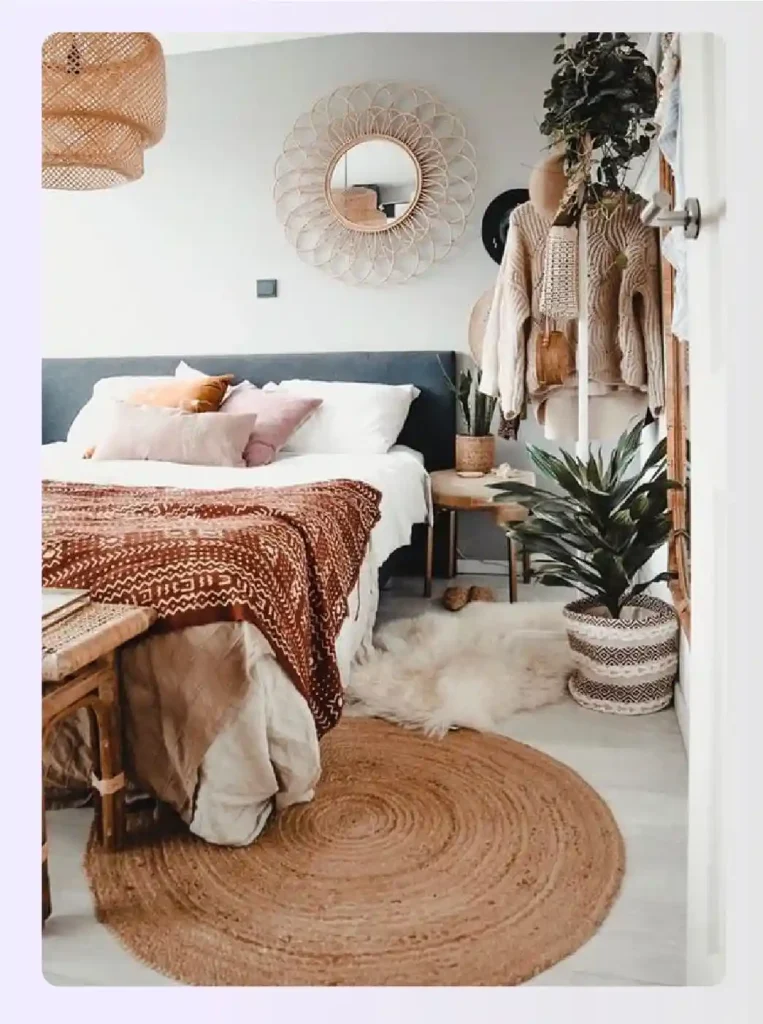
2. Try Sculptural Wall Decor
Sculptural wall decor adds elements of interior design that are irresistible. Use metal wall art or macramé to create beautiful textural balance with a subtle reflective quality.
Read also – 20 Best Wall Decor Ideas
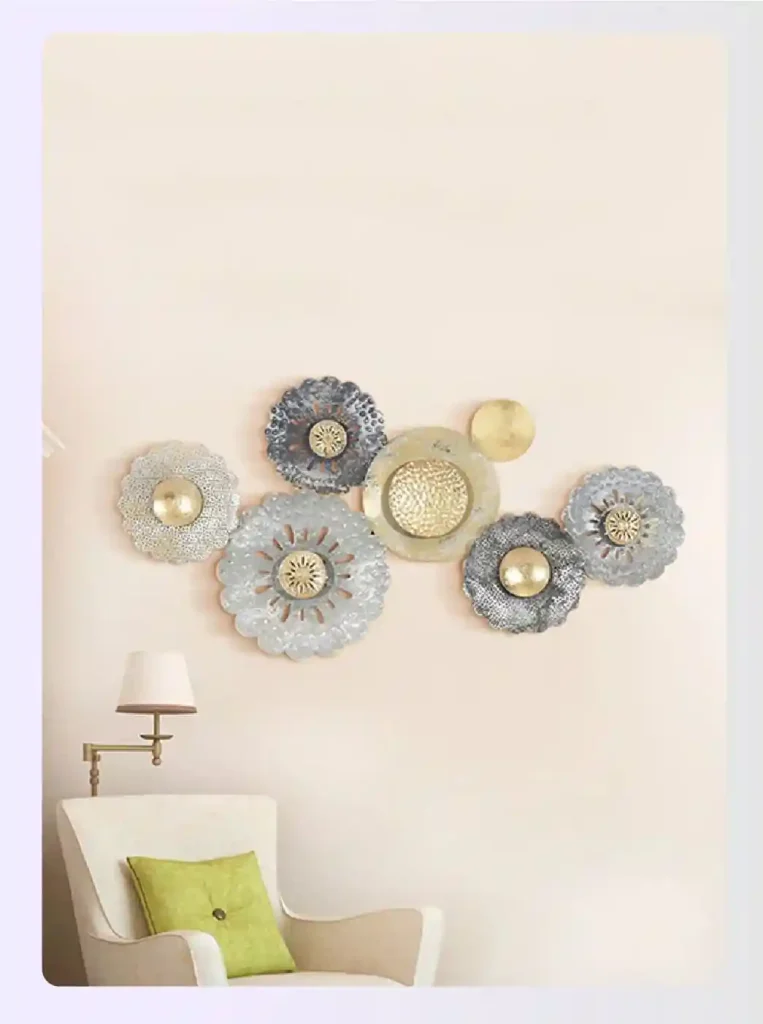
3. Layer Pillows and Throws
Add comfort by incorporating layered pillows and throws. Create spaces humming with soft touches, topped off with wooly throws draped over chairs. It is a matter of personal preference, but layers always win.
Read also – The Complete Guide To Layering in Interior Design
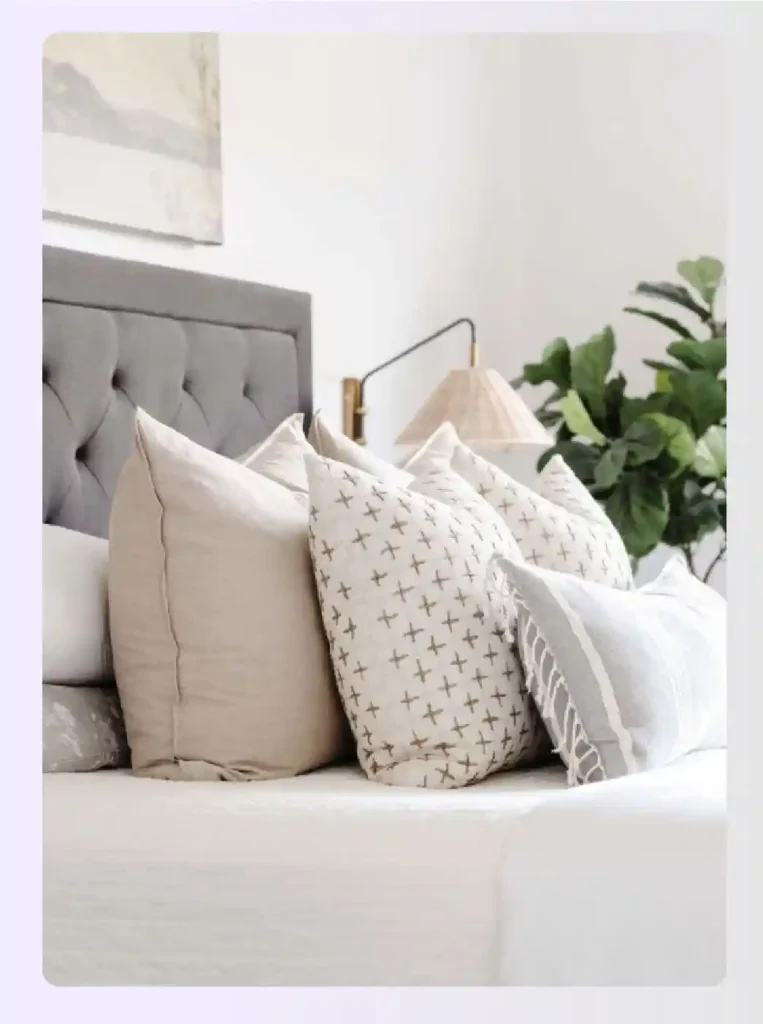
4. Incorporate Wood Grain
Nothing adds texture quite like wood grain. Consider parquet floors or shiplap walls. It is the most versatile texture available. They resemble real wood flooring while transforming spaces into masterpieces with alluring, natural texture.
Read also – 11 Modern Rustic Interior Design Ideas
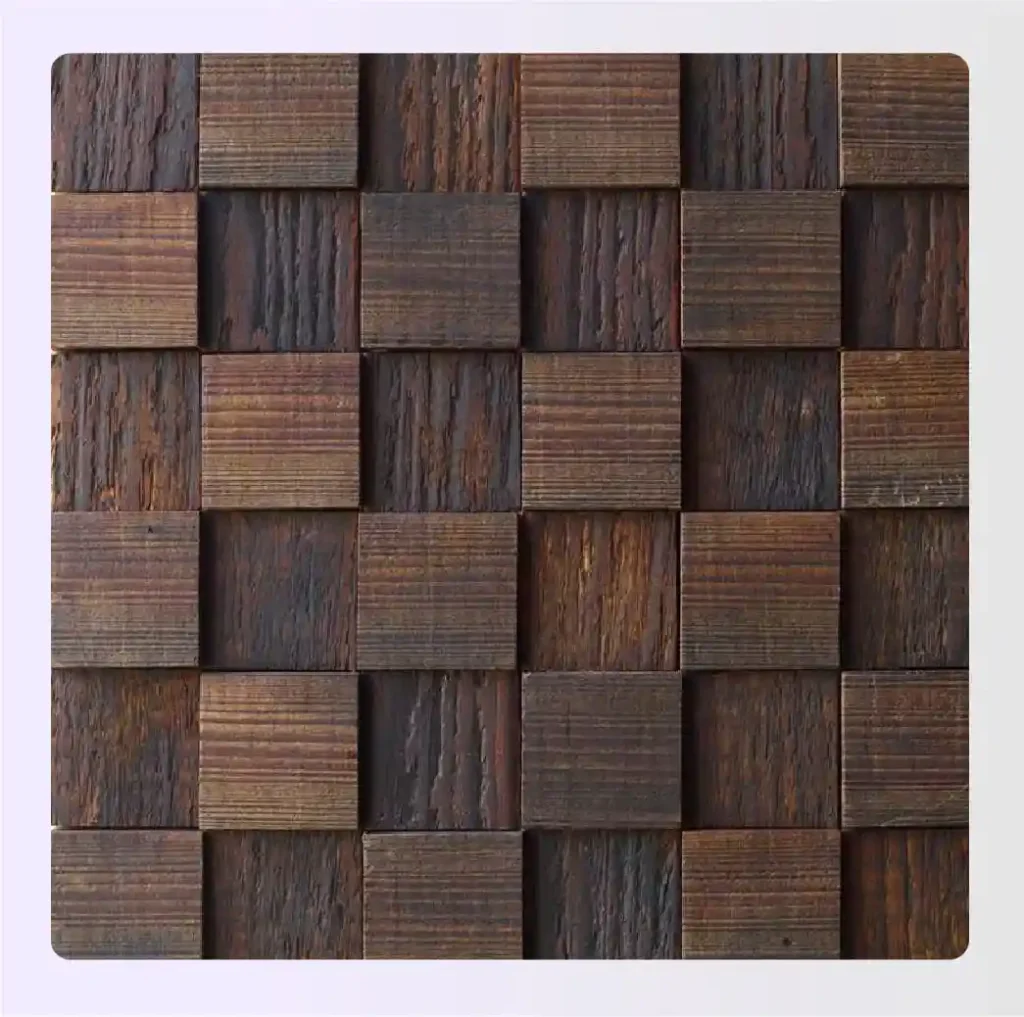
5. Focus on Architectural Elements
Architectural elements like crown molding, wainscoting, or beadboard ceilings play important roles. These elements infuse depth and dramatic character that elevate beautiful rooms to new levels.
Read also – The Difference Between Architecture and Interior Design
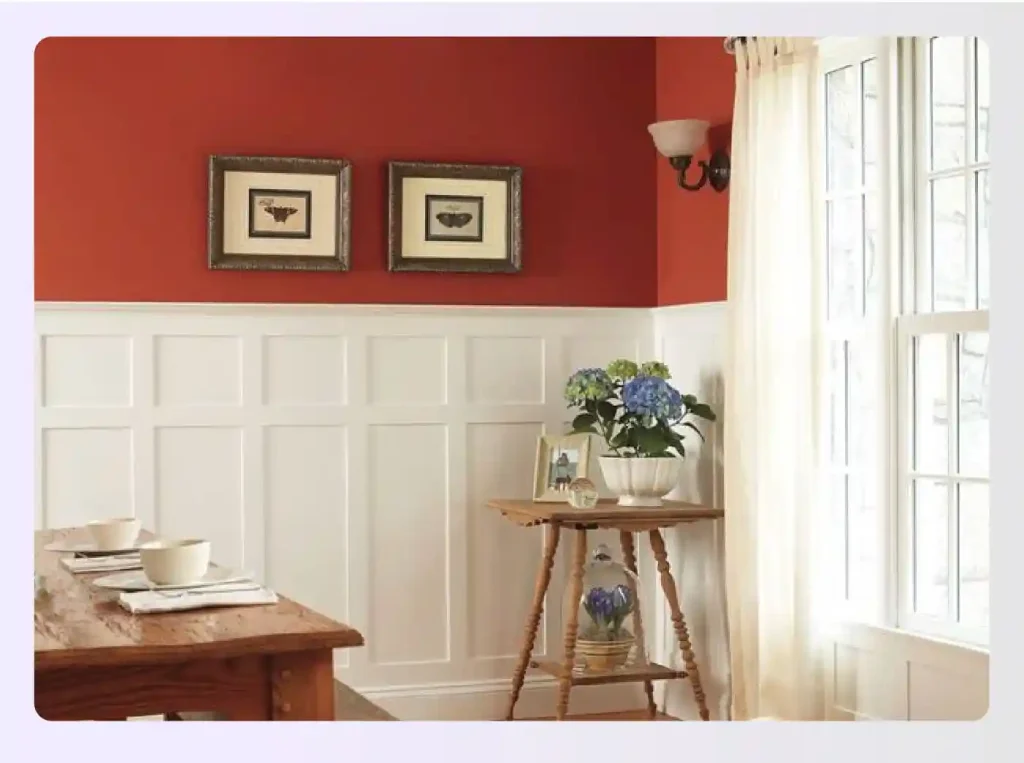
6. Employ Upholstery Techniques
Different upholstery techniques, like tufted upholstery, create visual texture. Start small with tufted ottomans or a black marble base lamp near a tufted chair. Pintucked blankets and draperies transform flat textures into beautiful home décor.
Read also – 9 Amazing Master Bedroom Ideas
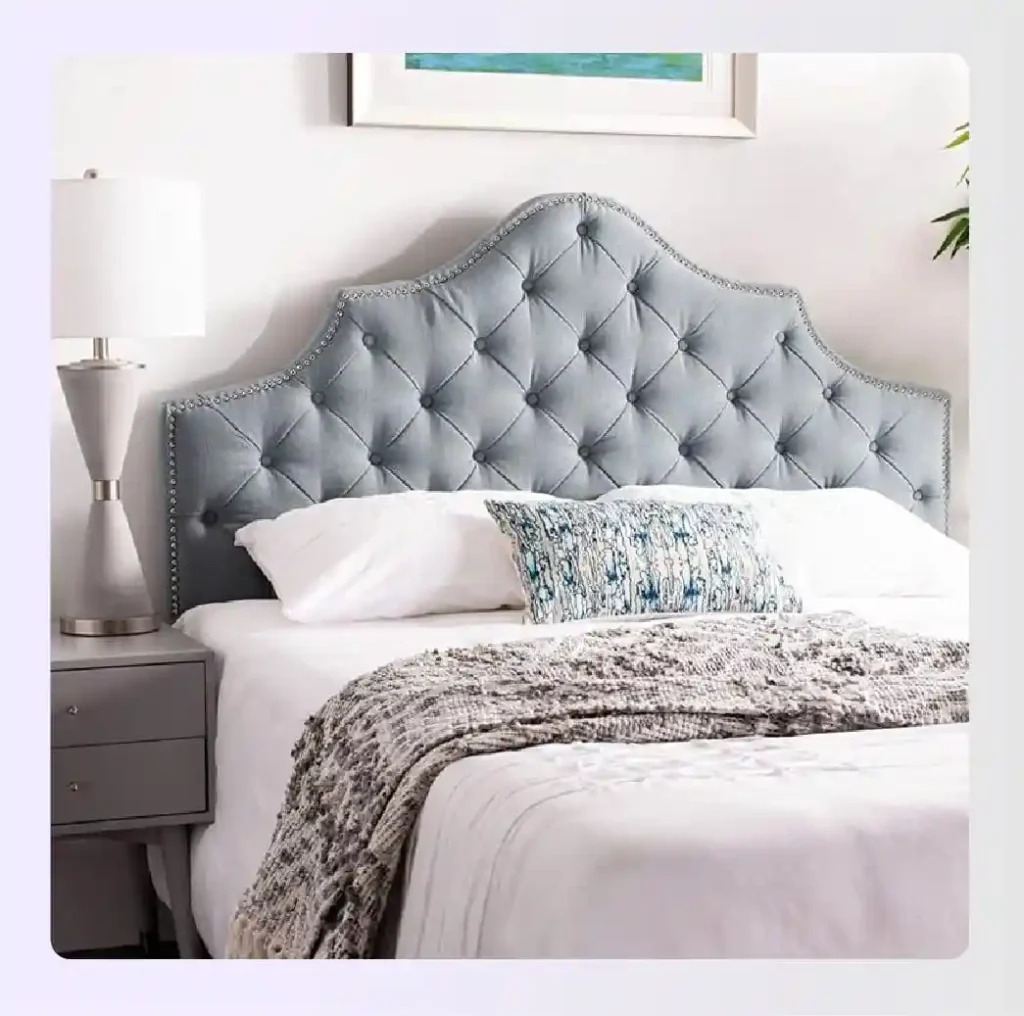
7. Use Tile and Masonry
Smooth and irregular surfaces give rooms distinguishable personalities. Install grey cement tiles, slate floor tiles, or weathered brick features. Masonry adds a great deal of interest and makes spaces visually appealing while engaging the sense of touch.
Read also – 8 Best Ways to Tell Your Story Through Interior Design
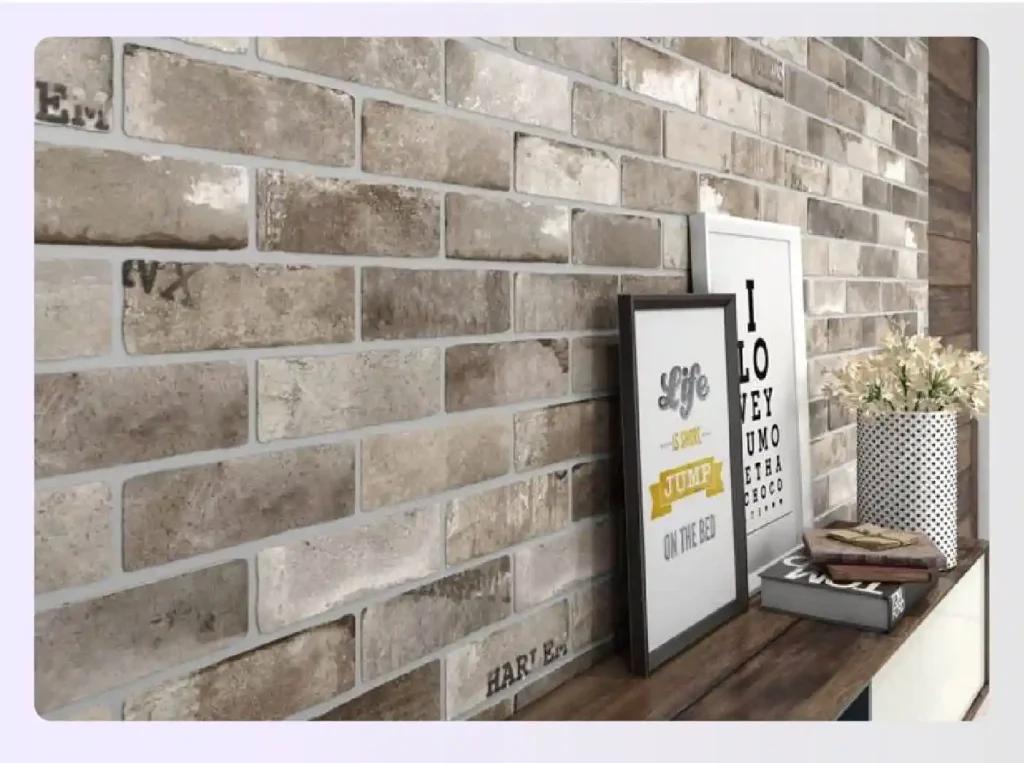
8. Choose Textural Wall Coverings
While regular wallpapers seem safer, textural wallpapers make everything special. Styles like grasscloth and cork provide exactly what you need for a plethora of focal points and distinctive appeal.
Read also – 20 Common Interior Design Mistakes
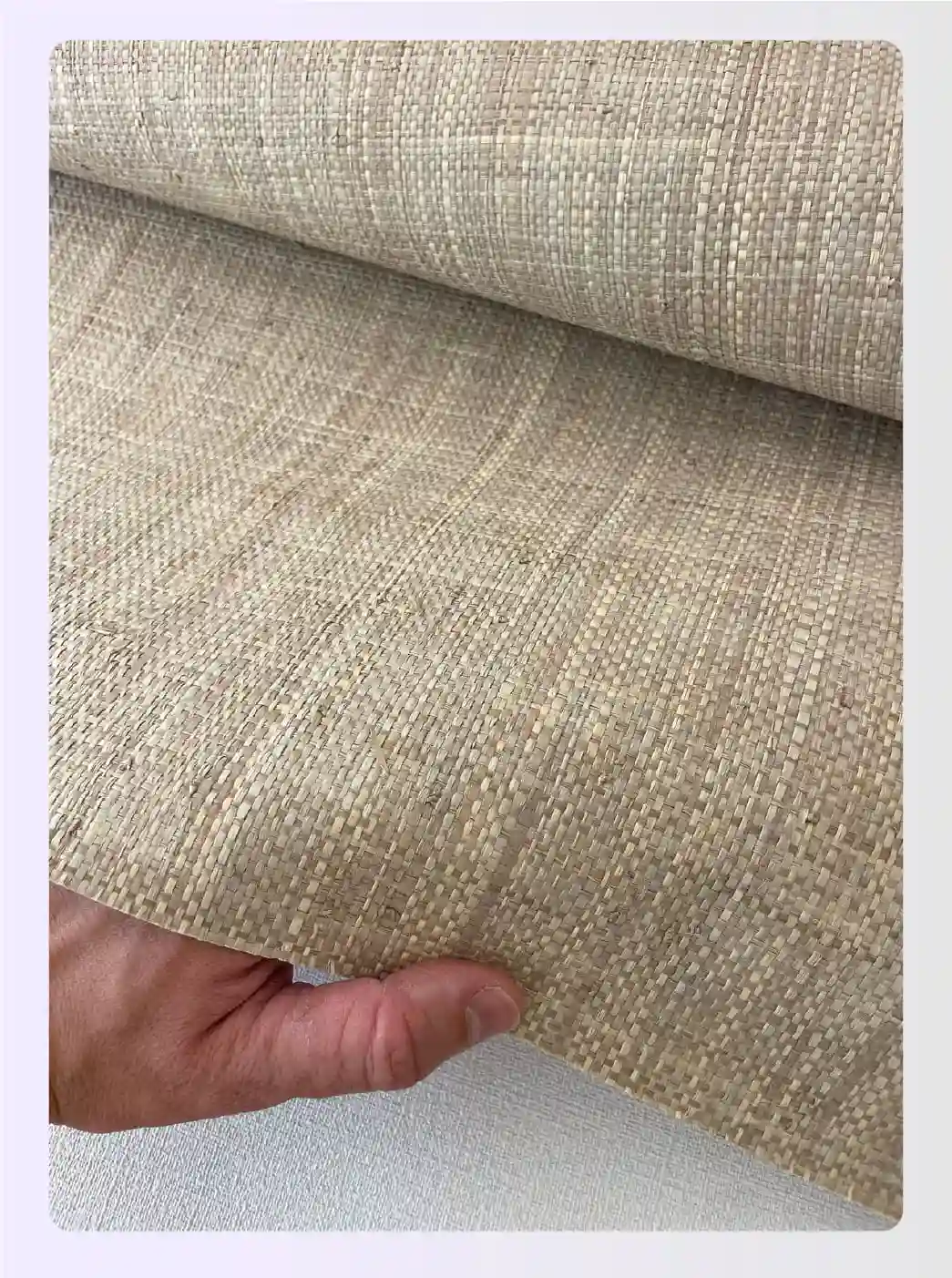
9. Combine Different Textiles
As a designer, you can’t afford to miss combining different textiles. Use fiber mats or jute accessories alongside silk draperies to provide sheens that cotton cannot match. This mix creates a visual sense of luxury.
Read also – Top 20 Neutral Paint Colors for Interiors
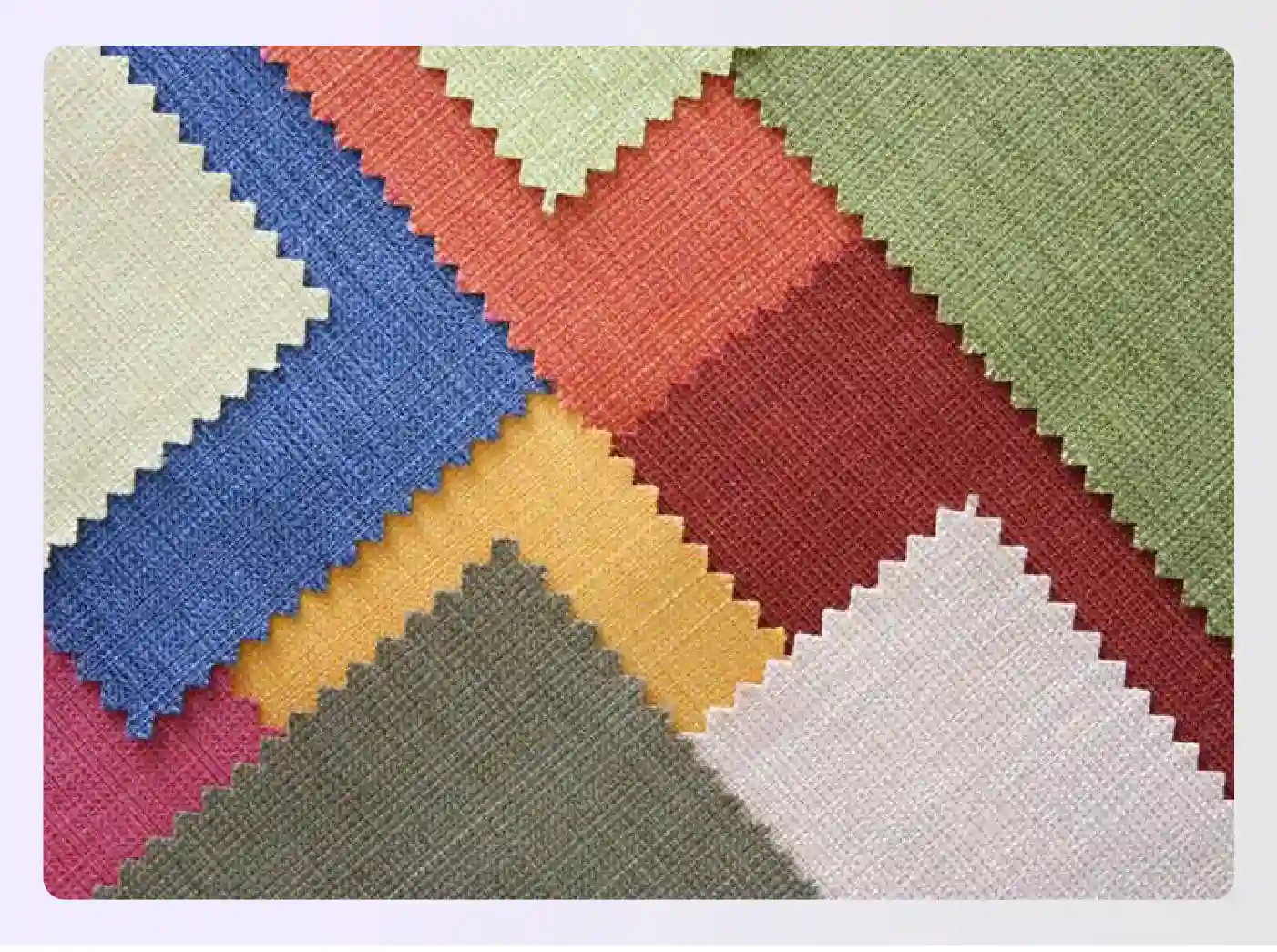
10. Add Leather Design Elements
Design isn’t complete without statement pieces. Distressed leather adds warmth and organic texture. It pairs perfectly with beautiful forest green accents. Fluffy fur or other natural accessories amplify the overall space outlook and make designs truly appreciated.
Read also – 20 Best Furniture Brands To Upgrade Your Home Interiors
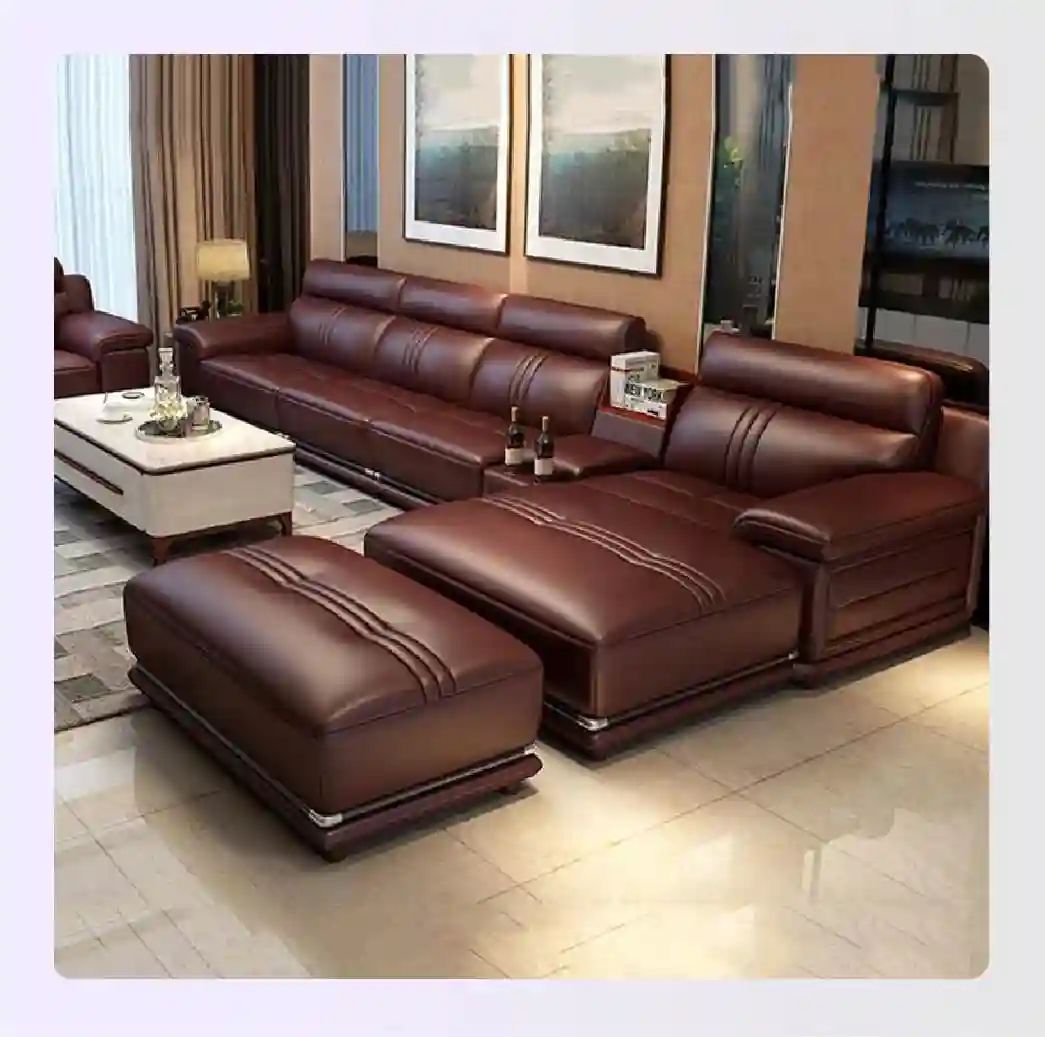
Explore Texture in Interior Design with Foyr
Whether you choose a rug to brighten your bedroom or a shiny wooden coffee table, texture’s value is clear. Without texture in interior design, color schemes remain incomplete.
As a designer, you need a knack for textures and styles, understanding how different sorts of fabulous materials work best with specific room designs. Textures are perfect elements for elevating interiors to the next level. Don’t hesitate to implement them in your next project.
Want quick guidance to kickstart your interior design journey? Foyr Neo is leading online interior design software used by millions of interior designers as a design tool for fast, easy work.
Designers of all levels can use this software to execute large-scale projects efficiently, while even novice designers can scale their assignments effectively. Its incredible cloud computing feature saves space, time, and licensing costs. Anyone can create remarkable home designs with these design tools. You can even upload your own textural favourites to see how they look.
Foyr Neo offers a 14-day free trial, allowing you to explore infinite creative potential.
FAQs
How many types of texture are there in interior design?
There are two primary types: tactile texture (what you physically feel, like rough brick or soft velvet) and visual texture (the illusion of texture created by patterns). While tactile appeals to touch, visual texture adds depth through sight. Balancing both is the key to a professional, multi-dimensional look.
What is the role of texture in interior design?
Texture in interior design plays a crucial role in creating visual weight and balance. It transforms a flat, one-dimensional room into a sensory experience. By engaging the memory of touch, texture dictates the mood—making a large room feel cozy or a small room feel slick and spacious.
How to mix textures in interior design?
The secret is contrast. Pair opposite elements: think rough natural wood against sleek glass, or a nubby wool throw on a smooth leather sofa. Stick to a cohesive color palette so the different materials stand out without clashing, allowing the visual texture to shine through lighting and scale.
What is the most popular texture for walls?
Currently, organic and tactile finishes are dominating. Textural wall coverings like grasscloth and cork are incredibly popular for distinctive appeal. Additionally, architectural treatments like beadboard and shiplap remain favorites for adding structural interest and a touch of modern rustic charm to otherwise plain drywall.
How to layer textures in interior design?
Start from the ground up. Begin with a rug to anchor the space, then add furniture with distinct fabrics. Layer accessories like wooly throws and pillows of varying sizes. Finally, use lighting to cast shadows on these layers, highlighting the visual weight and depth of each material.


